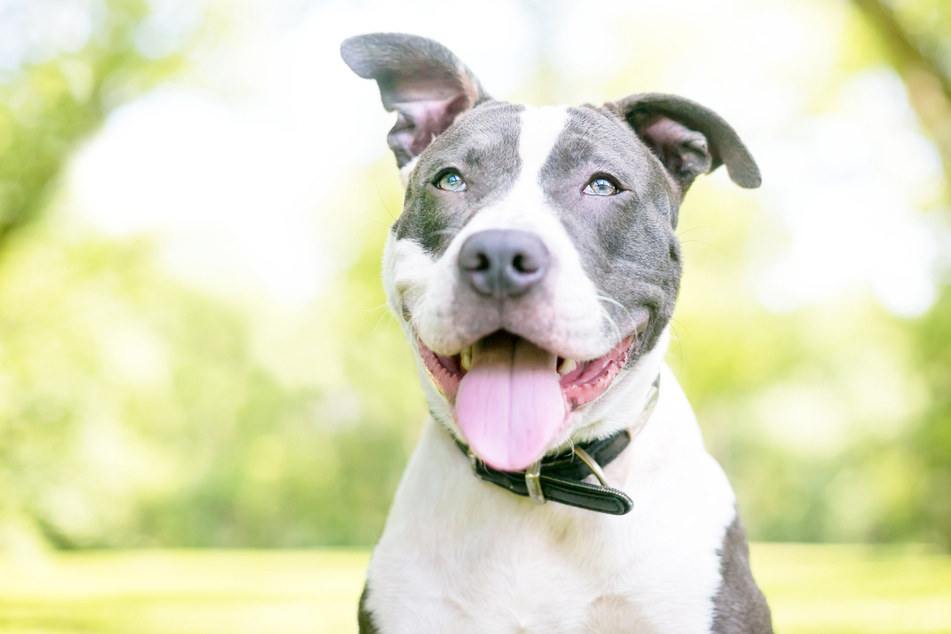Tough rules: Some dogs are not welcome in this country!
Denmark - Hundreds of thousands of Germans go on vacation to Denmark every year. With a dog, this can be a sad experience. Because not all four-legged friends are welcome. Animals with behavioral problems face severe penalties.

If you want to travel to neighboring Denmark with your four-legged friend, you should find out beforehand whether they are welcome there at all. The Danes have strict rules when it comes to dogs.
According to the travel portal VisitDenmark, every four-legged friend must have a pet passport and be identified by a chip or tattoo. A rabies vaccination no more than three weeks old is also mandatory. But these are only the less stringent rules.
Certain dog breeds are not even allowed to enter Denmark! A total of 13 breeds that have been classified as particularly dangerous are on the list.
These include pit bull terriers, American Staffordshire terriers, Tosa Inu, Fila Brasileiro and Kangals.
Dogs threatened with euthanasia

If the animals were acquired after March 17, 2010, keeping, breeding and importing them on Danish land is prohibited. Anyone who does not comply with this can expect immense penalties. Dog owners could face a fine or even a prison sentence, and dogs could be put to sleep.
The ban also applies to crossbreeds of the dog breeds in question. Owners are obliged to provide proof of the breed and time of purchase in the event of any checks.
People who acquired their dogs before 17 March 2010 must keep their animals on a maximum two-metre leash, including a securely fastened muzzle, on roads, paths, footpaths and squares.
Dogs that are not on the list could also be affected by the regulations. If an animal attacks a person or shows signs of being dangerous, the police can order it to be kept on a lead, muzzled or both, and decide whether the animal should be put down.